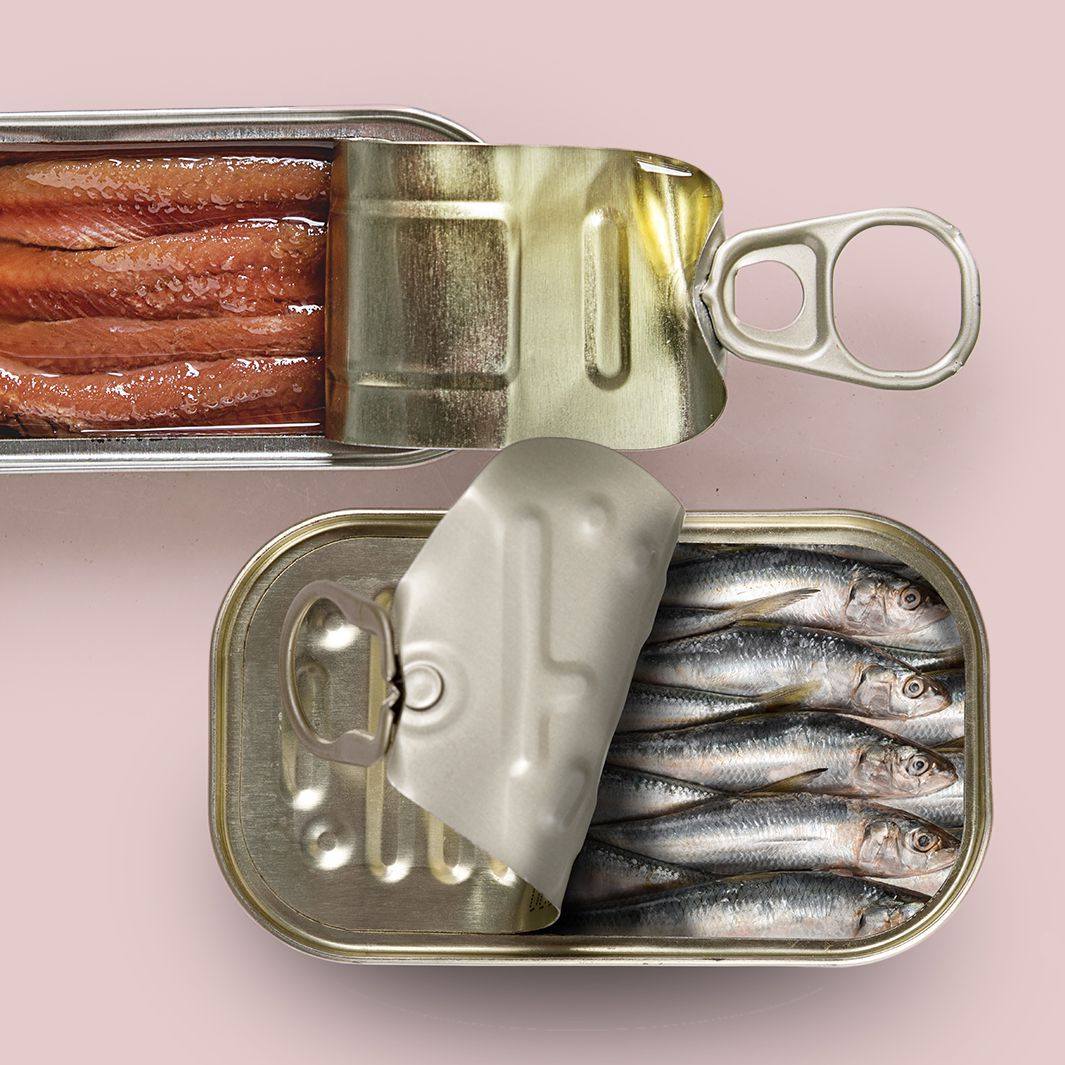ADVERTISEMENT
**Title: How Sardines and Anchovies Are Different—and When to Use Each**
When it comes to seafood, few ingredients carry as much culinary intrigue as **sardines** and **anchovies**. These small, oily fish may appear similar at first glance, but their flavors, textures, and uses in cooking are quite different. Both are packed with nutrients, briny goodness, and unique flavors, yet they each bring something distinct to a dish.
Whether you’ve encountered them on a pizza, in a Mediterranean salad, or in your favorite pasta dish, understanding the differences between sardines and anchovies can help you use them to their fullest potential. Let’s dive into the world of these two fish, explore their key differences, and learn when and how to use them in your cooking.
### Sardines vs. Anchovies: Key Differences
While sardines and anchovies might appear quite similar at first glance, there are several important distinctions between these two types of fish.
#### 1. **Species and Size**
– **Sardines**: Sardines are a type of herring, often classified under the family Clupeidae. They tend to be larger than anchovies, usually measuring 6 to 12 inches long. Sardines are typically found in schools in the Mediterranean, the Atlantic Ocean, and other parts of the world.
– **Anchovies**: Anchovies belong to the Engraulidae family, and they are much smaller than sardines, measuring around 2 to 4 inches in length. Anchovies are commonly found in the Mediterranean Sea, the Atlantic Ocean, and along the coasts of South America and Asia.
2. **Flavor and Texture**
– **Sardines**: Sardines have a mild, slightly fishy flavor that is more subtle compared to anchovies. When cooked or preserved, they offer a tender, flaky texture, and their taste can vary based on how they are prepared. Fresh sardines are often grilled or baked, while canned sardines tend to be packed in oil or water, which helps maintain their delicate texture.
– **Anchovies**: Anchovies are known for their strong, pungent flavor. Due to their small size and higher fat content, they have an intensely salty, umami-rich taste. When preserved (usually packed in salt or oil), anchovies take on a more concentrated flavor. Anchovies are often used as a seasoning or flavor enhancer, particularly in Mediterranean cuisine.
For Complete Cooking STEPS Please Head On Over To Next Page Or Open button (>) and don’t forget to SHARE with your Facebook friends
#### 3. **Preservation and Packaging**
